Mint is one of the fresh ingredients that’s nice to always have in the fridge. But sometimes, you might run out of these leaves when you need them! That’s when it’s good to know other ingredients and herbs to use as a substitute for mint leaves.
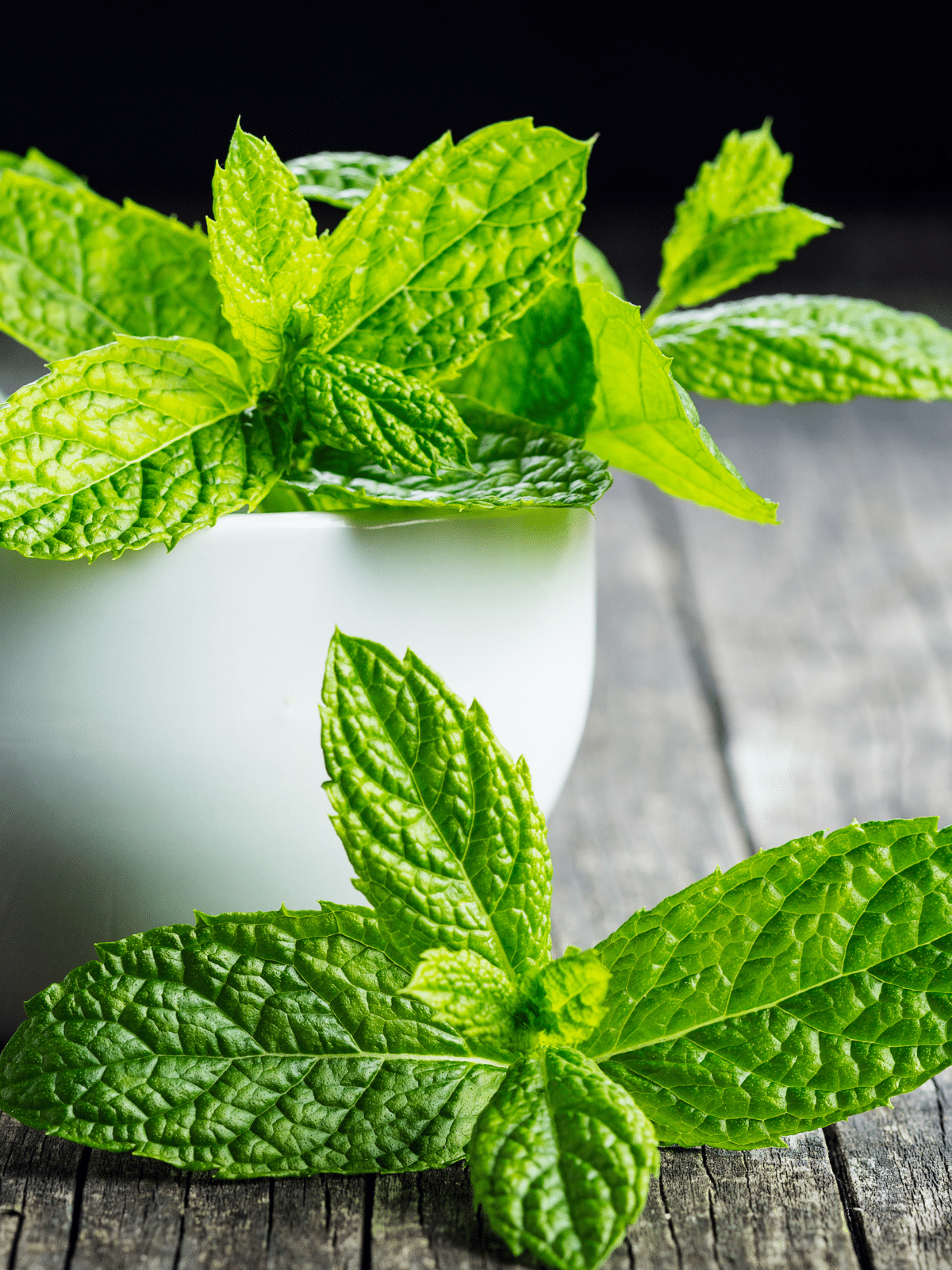
Knowing substitutes and alternatives for certain ingredients is always handy when you’re in a pinch, so you won’t feel stressed out about having to do an immediate grocery run (I don’t like that, either)! This way, you can still complete your recipes for savory dishes, salads, soups, desserts, and drinks.
Between boosting the flavor of food and drinks or elevating their visual presentation to impress your guests, there are tons of great reasons to use mint. So, it would be great to know what other herbs and pantry items can be used instead.

Jump to:
Why Use a Substitute for Fresh Mint?
Availability
It’s quite easy to lose track of what’s still available in the fridge. Next thing you know, you’re halfway through preparing a dish or a beverage only to realize that a key ingredient is missing. Everyone, especially moms, can go through moments like this. At least, I know I have.
When going for a quick grocery run is no longer an option and you really need fresh mint, knowing what else you can use as an alternative can save a recipe.
Flavor
Mint is the common name for the Mentha plant genus, meaning different kinds of mint leaves exist, and some have a higher menthol concentration than others. By-products from these variants can help intensify the cooling and refreshing taste of a dessert or drink.
Sometimes, you just want to experiment and incorporate a different flavor profile in your recipes, and that’s also a great reason to try out various substitutes for mint.
Health Restrictions
The versatility of fresh mint leaves also extends to its dietary benefits, which is why it’s often seen as an ingredient or garnish in many healthy recipes. But people with certain health conditions might have to limit or avoid it.
For instance, variants like peppermint are known to cause acid reflux. If anyone in your family or any of your guests suffers from heartburn-like symptoms, they may have to steer clear from ingesting mint leaves and mint-based additives.
8 Best Substitutes for Fresh Mint Leaves
The substitutes for mint you’ll find in this section have the same flavor profile as the mint you know and love. Most are products made with mint or similar-tasting mint variants.
1. Dried Mint
What better way to substitute fresh mint than with the dried version of the herb, right? You can get the same hint of sweetness that you’re going to get from mint leaves. This makes it a great substitute for mint in many ways, including savory sauces and spice mixes.
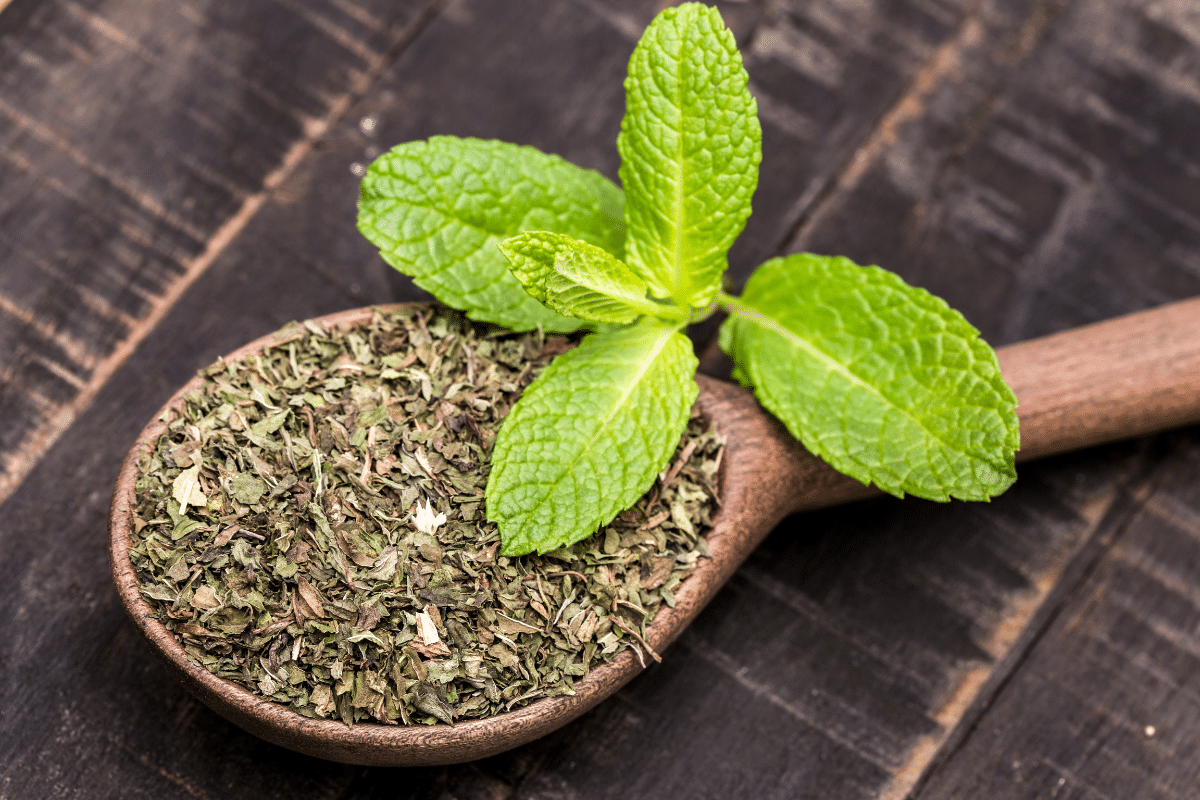
It’s important to note that, like other dried herbs, dried mint has a more intense flavor than fresh mint. I learned that the hard way when I first tried this substitution.
If the recipe originally includes a tablespoon of chopped mint leaves, you can substitute that with 1 teaspoon of dried mint leaves. Since following this ratio, the dishes I’ve made with dried mint instead of fresh leaves have always come out great!
One downside to using dried mint is it doesn’t look as good as the fresh ones. So you should avoid using this as an alternative garnish for salad or dessert. It’s also not going to look great on cocktails that are often topped with mint leaves.
2. Peppermint Extract
Peppermint is a member of the mint family, as you can tell by its name. You can buy fresh peppermint leaves, too, but it might be easier to find in the form of bottled extract.
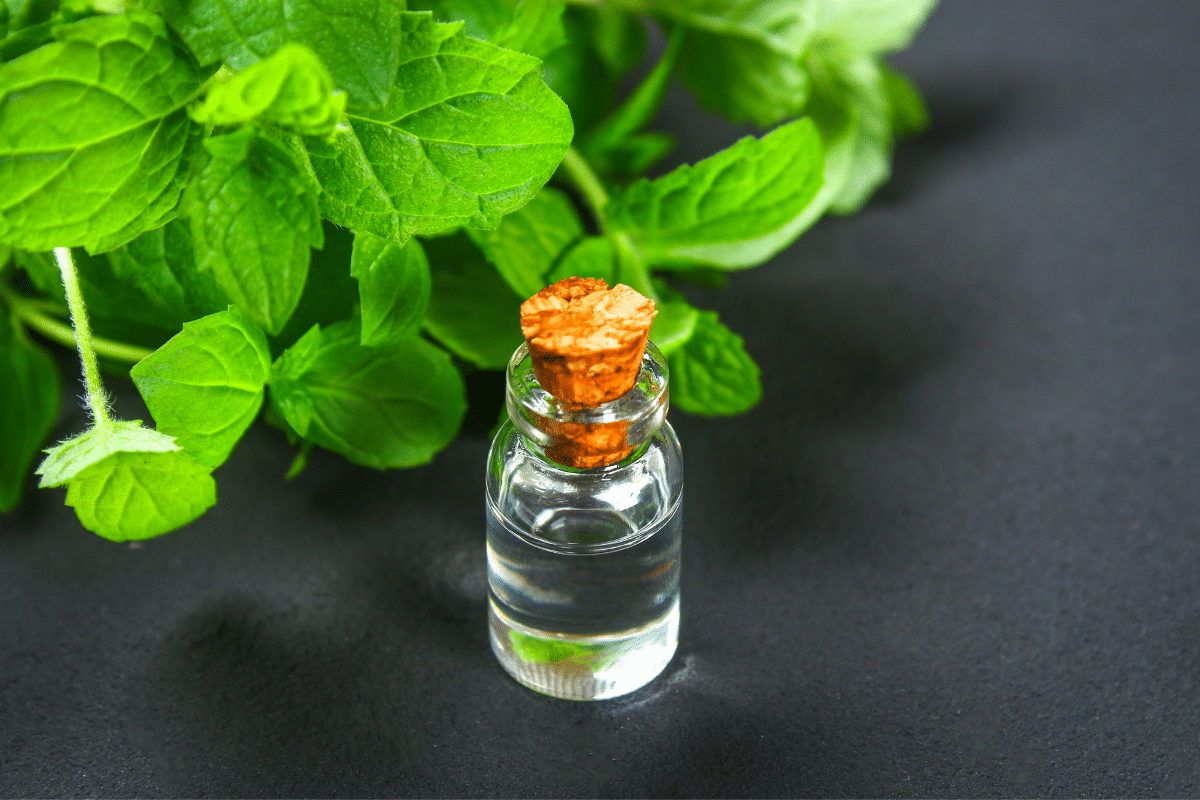
Most of the times that I’ve used peppermint extract instead of mint leaves was because I wanted to exemplify the distinct “minty” flavor. It can add a bit of a cooling spicy note, making it a great substitute for sweet beverages and even alcoholic drinks. You can also use this substitute for mint if you’re making chilled desserts and baked goods like chocolate mint cookies.
The word “extract” gives away the fact that its flavor is more robust than mint leaves. When recipes call for mint leaves, you can replace one tablespoon of fresh chopped mint with 3-4 drops of peppermint extract.
You can make some adjustments to suit your taste, but this is the safest starting point without overwhelming the recipe with mint flavor.
It’s a good idea to keep peppermint extract in your pantry when the holidays are right around the corner, as it’s a good time to use it as a substitute for a more seasonal flavor.
3. Mint Tea
It’s time to revisit your boxes of herbal teas because you might still have some good mint tea bags that can be used as an alternative to mint.
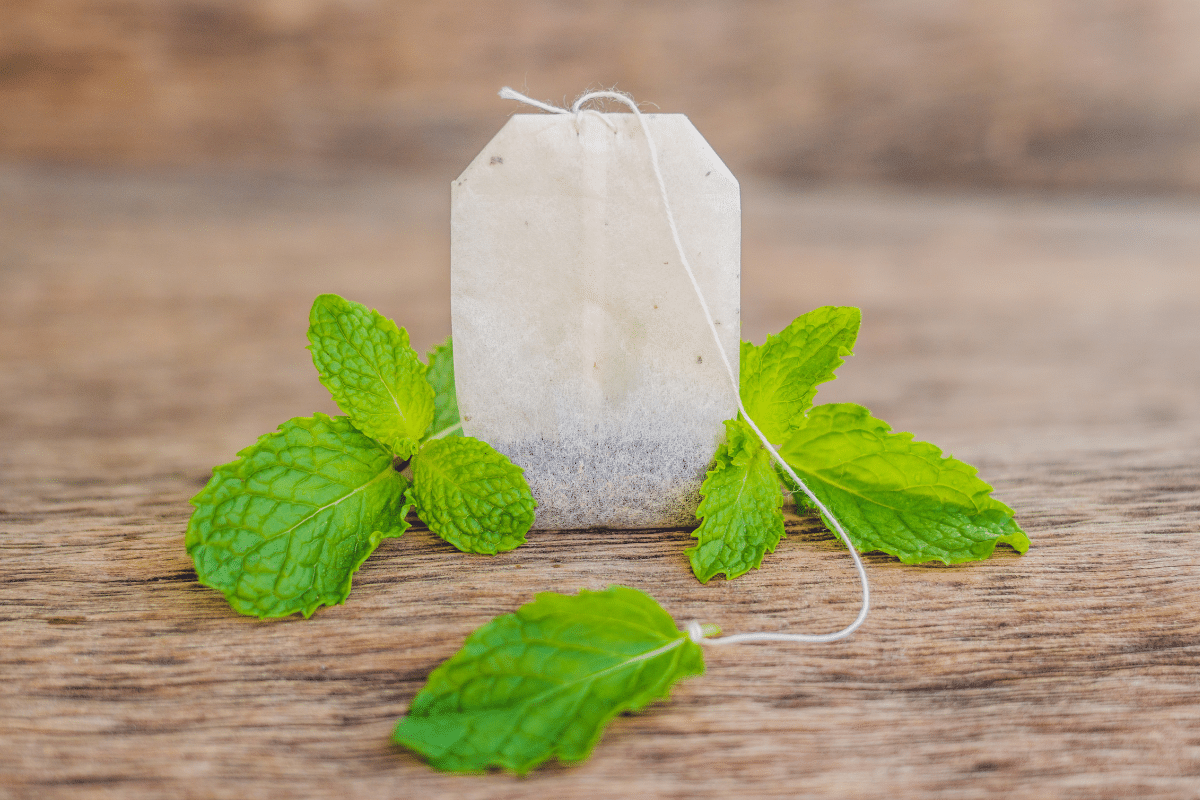
You can mostly use herbal mint tea in drink recipes that need a mint flavor. Just be careful not to use tea bags that combine mint with other dried herbs and fruit.
If you find a plain mint tea in your kitchen drawers, you can steep it in much less water than you would normally use when making tea. This will create a more concentrated flavor than can be added to beverages, even cocktails.
Herbs You Can Use As Delicious Mint Alternatives
Many commonly used herbs in the kitchen come from the same plant family as mint, so it makes sense that they’re similar to mint in some ways. But even herbs from other plant species, like some of the ones listed below, can also be used to replace mint. Your dishes will still be just as scrumptious with these mint alternatives.
4. Basil
Like mint, fresh or dried basil also gives off a hint of sweetness. It also adds a refreshing flavor that you can only get from using fresh herbs, making it one of the best mint alternatives. Plus, you might be surprised that basil is actually part of the mint family.
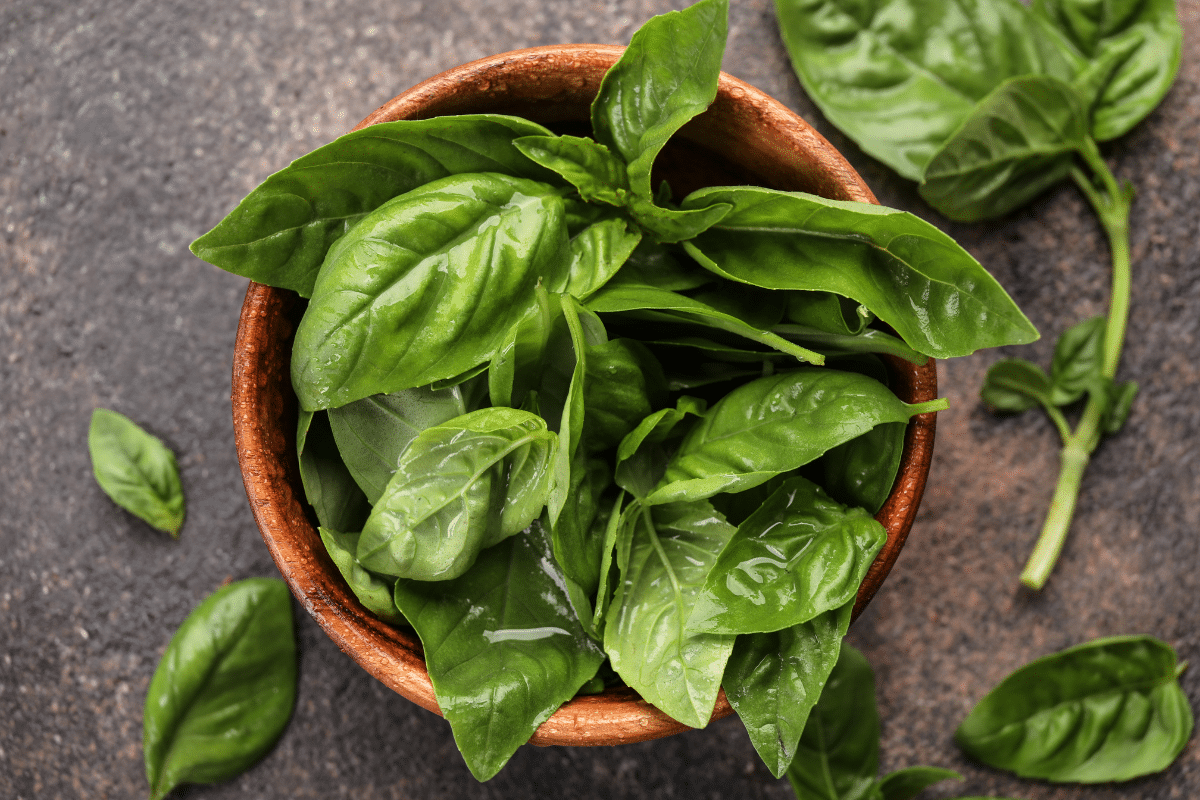
Basil’s flavor profile is generally different because it provides a more savory and peppery profile. Recipes for meat, stews, pasta sauces, and salads that need mint leaves will also benefit from the fresh flavor of basil.
When used in cooking, you can follow a 1:1 ratio when using basil as a substitute for mint. Basil can also be an herb alternative when making cocktails and non-alcoholic beverages that are usually topped with mint leaves.
5. Rosemary
Chopped mint leaves are a popular ingredient because of the aroma they add to a dish. If this is the component you want from a substitute for mint, fresh rosemary is the way to go.
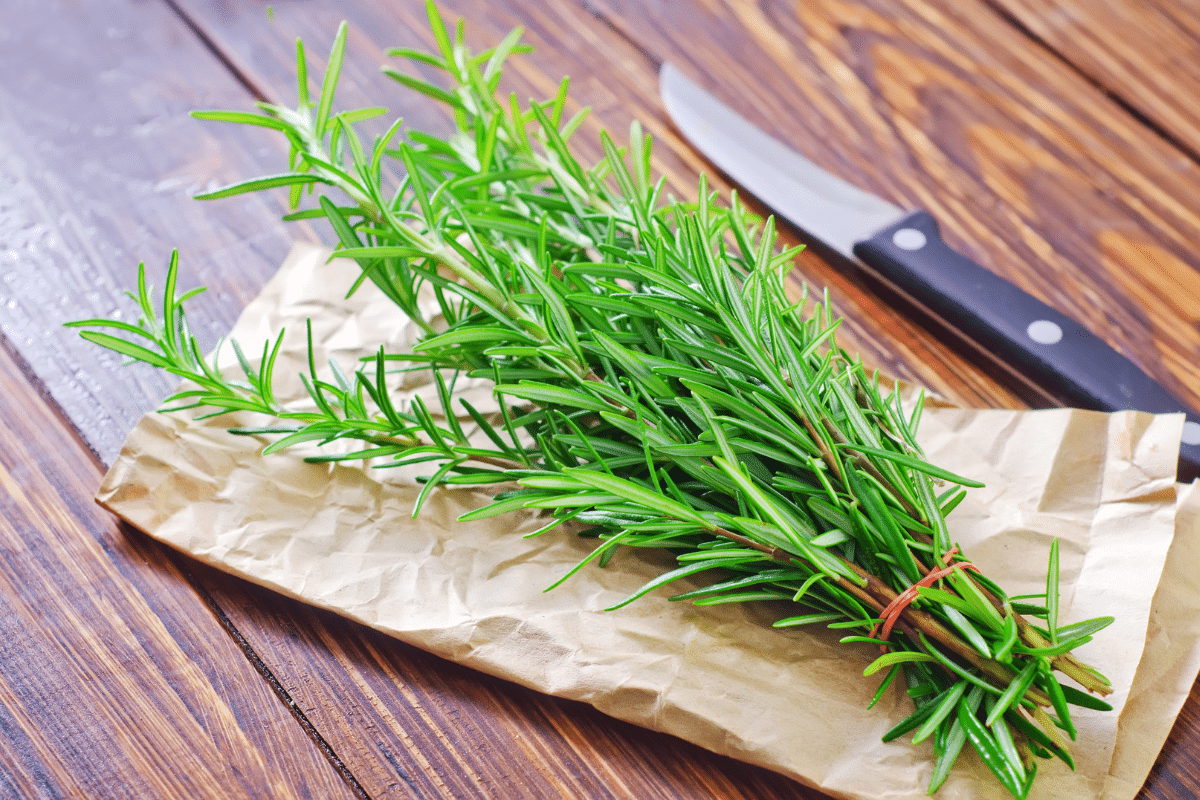
You might even find its flavor to be a bit more sophisticated than mint because rosemary’s flavor profile gives off citrus-like and peppery notes. If you can forgo the freshness you get from a fresh sprig of rosemary, you can also get the same flavors from dried rosemary.
This aromatic herb goes well with meat roasts, fish and poultry recipes, and vegetable roasts. You can also add it to sauces and marinades in place of mint.
6. Parsley
Many recipes include parsley and mint, which shows how well their flavors go together. Parsley is a great alternative, too, if you want sweet and earthy notes in a dish.
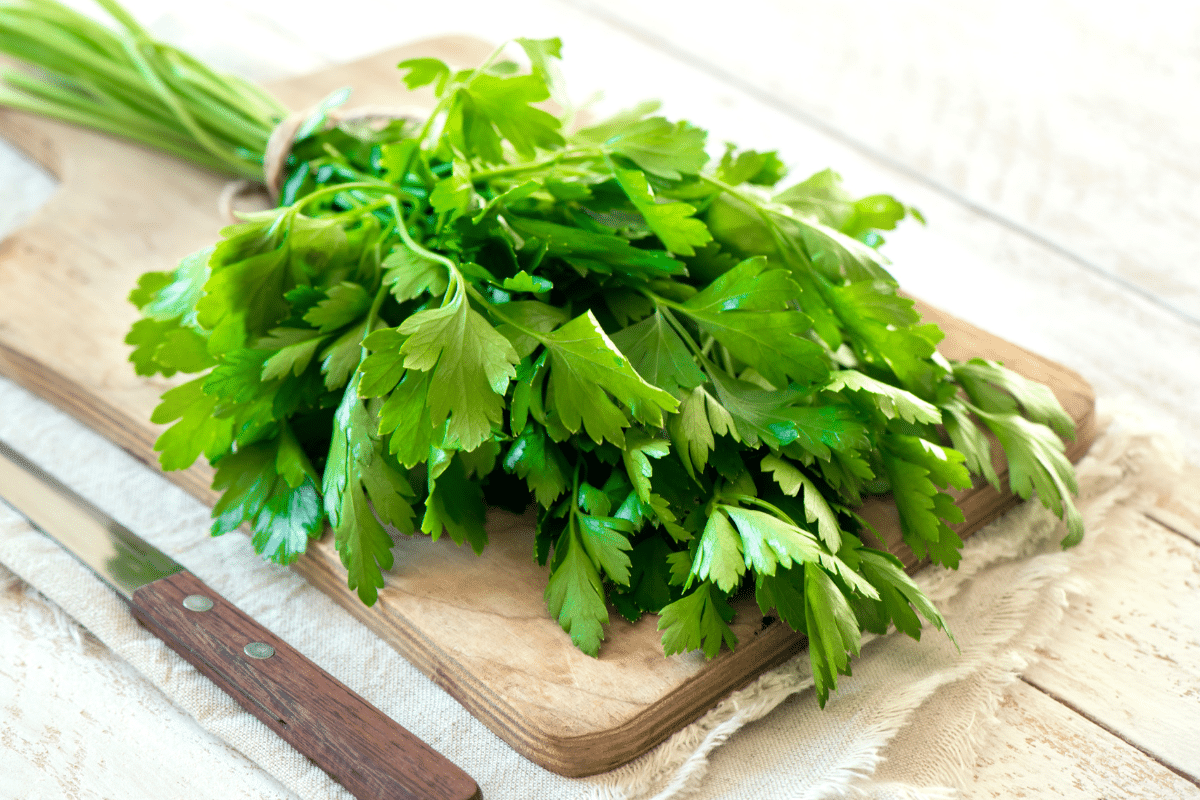
I like using this herb in different dishes because it has enough earthy flavor to cut the greasiness of a dish. It’s also not too overwhelming, which makes it a great addition to healthy green smoothies.
Parsley, especially the flat-leaf kind, has a subtle flavor, so it’s not complicated to substitute for mint. In fact, you don’t have to change the amount indicated in a recipe, you can just add the same amount of parsley as you would fresh mint.
7. Oregano
Like basil and rosemary, oregano also comes from the same plant family as mint. Oregano has its distinct taste and aroma, but it works well as a mint alternative in fish recipes. It’s also great in a spice rub or marinade for poultry, beef, and lamb.

However, I find oregano’s taste to be more intense. I would start with a dash of its chopped fresh herb or dried leaves so its flavor won’t overpower a dish.
8. Marjoram
Add this to the list of alternatives that is also another member of the mint plant family. Although in terms of flavor, marjoram is closer to oregano. However, it gives off zesty and pine-like hints, which makes its taste a bit unique from mint and oregano.

Marjoram tastes great in salads because of its citrusy taste, but its rich flavor also goes well with vegetable recipes, soups, and marinades. Be careful not to overdo it, so you should use less of this herb at first because marjoram’s flavor is quite intense.
How to Use the Best Mint Substitutes in Recipes
Consider What You Are Making
This is the most important factor to consider when choosing a substitute. Are you making a savory or a sweet dish? Is it for a sauce or a drink? Do you need it for desserts?
From here, you can narrow down the substitutes you have in your fridge or pantry so you can eventually choose which one to use.
Find the Right Ratio
While you can get the same taste or flavor profile from the substitutes listed above, the truth remains that they are not real mint. Using an alternative will usually require some adjustments.
It’s always better to start with a smaller amount if your chosen alternative has a more intense flavor.
Visual Effect
As much as these mint alternatives taste great, not all have the same visual appeal. If mint is to be used as garnish or topping, dried mint isn’t a better option than herbs like basil, parsley, and rosemary.

FAQs
Healthy-looking leaves and stems with great color indicate that the mint is fresh. Taking a whiff of the mint leaves is another way to know how fresh they are. You want to get a fresh and substantial minty aroma.
The packaged mint you commonly find in grocery stores, and markets are actually spearmints and curly mint. It’s a typical misconception that “mint” only refers to just a single plant. Technically, mint refers to the mint family with several variants, including peppermint and spearmint.
It depends on how well you store fresh mint. You can store it in the refrigerator, but it’s best to put it in a glass with water, with the leaves loosely covered with a plastic bag.
You can also wrap it in damp paper towels before placing it in a resealable bag or airtight container.
If you follow these storage practices, mint can stay relatively fresh for a couple of weeks or so.
Without the extra storage effort, mint left willy-nilly in the fridge can only stay good and fresh for a few days.
Choosing the Best Substitutes for Mint
With how common mint is used in different types of recipes, it’s helpful to know about these substitutes and herb alternatives, and when to use them.

That way you’ll be prepared when you need a substitute out of necessity, or just because you want to switch up a recipe to enhance the flavor of a dish or simply to try something new, yet just as appetizing and enjoyable.
